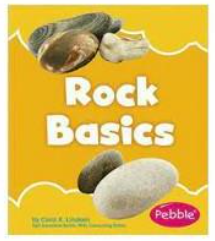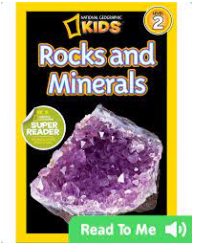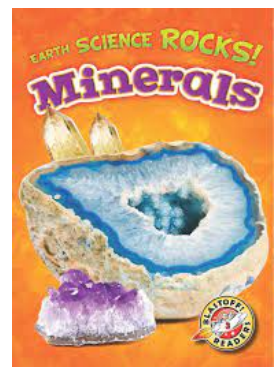Introduction
In this work, the graphic organizers will be used as a method of comprehension for this assignment’s science information readings. The relationships between facts, concepts, and ideals within a learning assignment are depicted in a visual and graphic presentation called a graphic organizer. They may also be concept diagrams, story maps, cognitive organizers, advance organizers, or knowledge maps (Wise, 2019). This organizer has numerous broad educational uses. Graphic organizers are a helpful learning tool for students of all ages to organize, clarify, or simplify complex information, claims Wise (2019). They aid students in building comprehension by examining the connections between concepts.
Scientific Benefits
In particular, a graphic organizer in the science curriculum provides extra advantages. A science teaching strategy that uses graphic organizers can help students collect information from written sources and personal observations to create a descriptive model of an organism or a phenomenon. Furthermore, research showed that students who produced images to support the content in an explanation text displayed a higher understanding than those who copied an illustration or made a summary (Colliot & Jamet, 2018).
This beneficial effect permeates the K–8 curriculum as a whole. For kids with and without learning difficulties, successful learning outcomes have been demonstrated across various grade levels, including elementary, junior high, and high school (Colliot & Jamet, 2018). Using this technique, students will gain a visual and structured understanding of the similarities and differences between each state of matter and how they are all related. By doing this, teachers can promote remembering the information.
Selected Strategies
The variety of organizers available to pupils is wide. The kids’ grade level must be considered when choosing the ideal organizer. The preferred approach can be tailored to meet kindergarten, elementary, and middle schools. It was decided to use the Venn diagram for the primary fourth-grade level. According to What Is a Venn Diagram, “A Venn Diagram uses overlapping circles or other shapes to illustrate the logical relationships between two or more sets of items” (n.d.) For this diagram, students will list the similarities and differences between rocks and minerals.
The spider map was chosen to work with for the fifth-grade elementary level. According to What Is a Spider Map, a spider map is a brainstorming tool that graphically expresses your notions (n.d.). The pupils will, therefore, write their key points regarding rocks and minerals in two broad circles and branch out into smaller circles with relevant information. The middle school Earth Science course was decided to implement the tree chart. According to What Is a Tree Diagram, “A tree chart is a new management planning tool that depicts the hierarchy of tasks and subtasks needed to complete an objective” (n.d.) Students begin the chart by writing rocks and minerals at the top, then branch-related information downward.
Conclusion
Choosing the appropriate graphic organizers for comprehension tactics at various levels is crucial for well-prepared lesson plans. When the correct option is made, kids will gain a lot since they will comprehend and retain the information. There are numerous choices for graphic organizers. They are all very successful in helping students learn. Some learning aids are better suited for particular ages because they come in various formats. This paper used graphic tools such as Venn Diagram, Spider Map, and Tree Diagram to work with students of different levels.
References
Colliot, T., & Jamet, É. (2018). Does self-generating a graphic organizer while reading improve students’ learning?Computers & Education, 126, 13–22. Web.
What is a spider map. (n.d.). Edrawsoft. Web.
What is a tree diagram? (n.d.). Asq.org. Web.
What is a Venn diagram. (n.d.). Lucidchart. Web.
Wise, M. (2019). Increasing the value of graphic organizers. Edutopia; George Lucas Educational Foundation. Web.
Appendix A
Primary School Students
Title and Image of Book / Texts

Elementary School Students
Title and Image of Books/Texts

Middle School Students
Title and Image of Books/Texts
